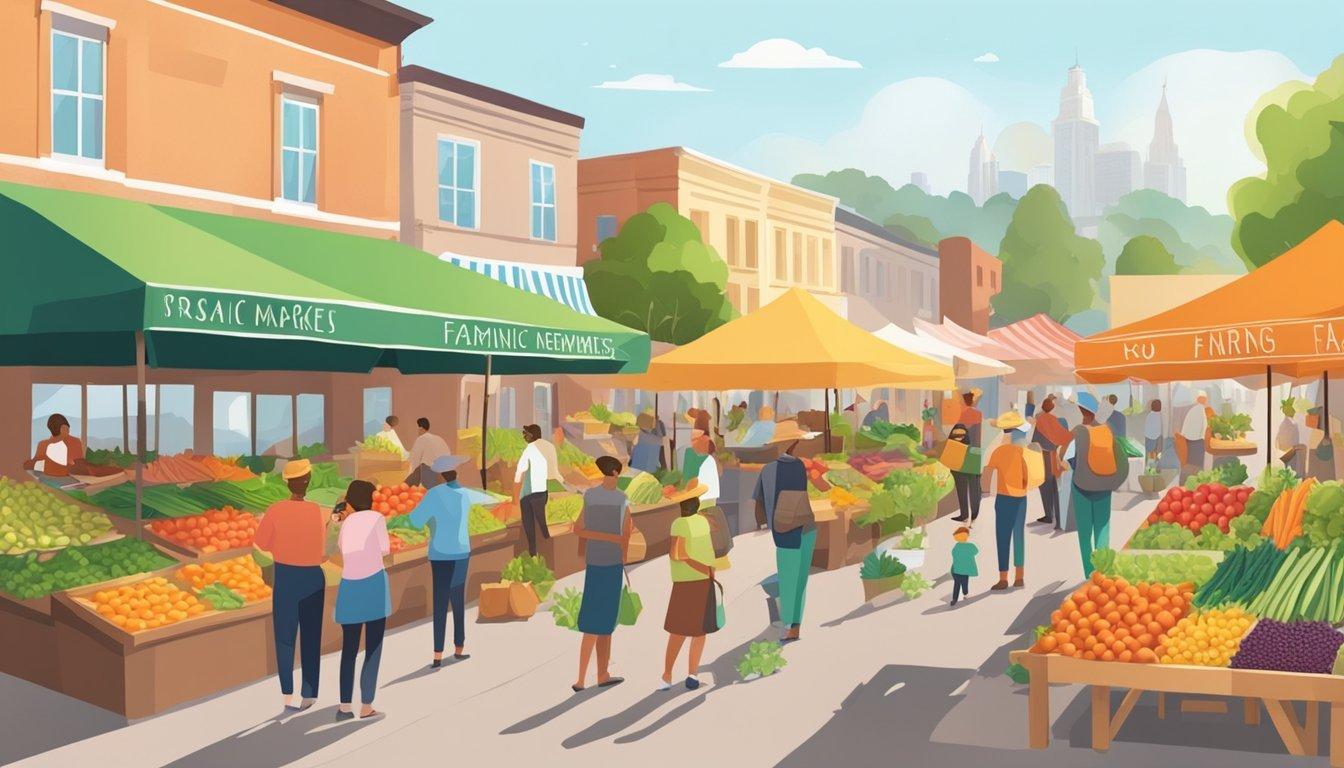In cities around the world, more people are getting involved in urban farming and local food movements. These initiatives are not just about growing food—they’re about building stronger, healthier communities and reducing the environmental impact of what we eat.
What is Urban Farming?
Urban farming refers to growing food in and around cities. This can happen in community gardens, on rooftops, in vacant lots, or even indoors using hydroponics. Unlike traditional farming, urban farms are often small and focus on producing fresh, local food for nearby residents.
Why Urban Farming Matters
-
Fresh, Healthy Food
Urban farming helps bring fresh, nutritious food to communities, especially in areas where access to grocery stores may be limited. It provides a solution to "food deserts," where healthy food options are scarce. -
Environmental Benefits
Growing food locally reduces the need for long-distance transportation, cutting down on carbon emissions. Urban farms also make use of underutilized spaces and can improve air quality in dense city environments. -
Community Building
Many urban farms are run by neighborhoods or community groups, bringing people together to work, learn, and share the harvest. This strengthens social bonds and creates a sense of belonging.
What is the Local Food Movement?
The local food movement encourages people to buy food that is grown or produced close to home. Instead of relying on food shipped from far away, people support local farmers and food producers, which boosts the local economy and reduces environmental impact.
Benefits of Buying Local
-
Support for Local Farmers
When you buy local, you’re directly supporting farmers in your area. This helps create jobs and keeps money circulating within the community. -
Better for the Environment
Local food doesn’t travel long distances, which means fewer greenhouse gas emissions from transportation. Plus, many local farms use sustainable practices that are better for the soil, water, and ecosystems. -
Seasonal and Fresh
Local food is often fresher and more flavorful because it’s harvested at its peak. You also get to enjoy seasonal produce, which can inspire new cooking habits and help you eat healthier.
How You Can Get Involved
- Join a community garden or start one in your neighborhood.
- Shop at farmers' markets to support local growers.
- Participate in a CSA (Community Supported Agriculture) program, where you can subscribe to receive fresh produce from a nearby farm.
Conclusion: Growing a Greener Future
Urban farming and local food movements are powerful tools for creating more sustainable, healthy cities. By growing food in urban areas and supporting local producers, we can reduce our environmental footprint and build stronger communities. It’s a simple way to make a big difference—one plant, one meal, and one connection at a time.

